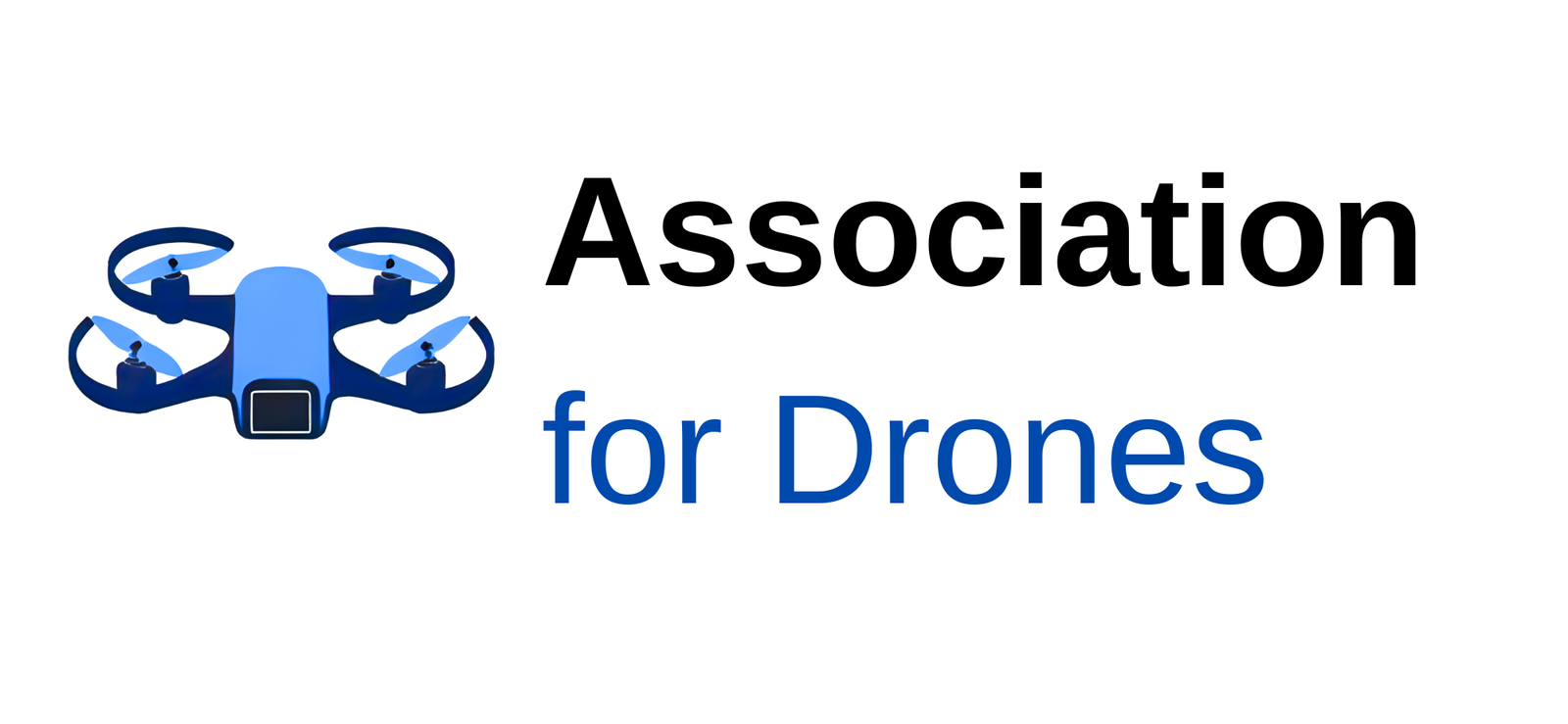The drone industry has evolved from hobbyist toys into one of the fastest-growing technology sectors. From military and defense to agriculture, logistics, and public safety, drones are reshaping industries and creating entirely new markets. But the global picture isn’t uniform—different regions are taking the lead for different reasons.
So, who’s winning the global drone race—and why?
1. North America: Regulation and Investment Drive Growth
The United States is the world’s largest drone market, projected to remain dominant through the next decade. Several factors explain why:
- Robust venture capital ecosystem: Companies like Zipline, Skydio, and Wing (Google’s drone unit) attract billions in investment.
- FAA regulatory progress: While the U.S. has been conservative, the FAA’s push toward BVLOS rulemaking and Remote ID enforcement signals a clearer path for scale.
- Defense spending: The U.S. Department of Defense continues to invest heavily in drone programs, boosting both innovation and procurement.
- Enterprise adoption: Energy, utilities, and logistics companies are already using drones at scale for inspections and deliveries.
Leaders to watch: Zipline (medical delivery), Skydio (autonomous inspection), Wing (delivery), and DJI’s U.S. challengers seeking to capture market share amid rising security concerns.
2. Europe: Regulation and U-Space Leadership
Europe is not as dominant in hardware manufacturing but is a global leader in drone airspace management and regulation.
- EASA’s U-space framework: Europe is pioneering the rollout of digital air traffic services for drones, setting global standards for UTM integration.
- Public-private pilots: Cities like Paris, Helsinki, and Hamburg are testbeds for UAM (Urban Air Mobility) and drone services.
- Local champions: Volocopter and Lilium (Germany) in the eVTOL space, and Parrot (France) in drones, anchor Europe’s presence.
Leaders to watch: Volocopter, Lilium, Parrot, and ANRA (first certified U-space service provider).
3. Asia-Pacific: Manufacturing Powerhouse and Rapid Adoption
The Asia-Pacific region is both the world’s largest producer and one of the fastest-growing consumer markets.
- China’s dominance: DJI, headquartered in Shenzhen, controls more than 50% of the global commercial drone market. Its broad portfolio (from consumer drones to enterprise inspection tools) makes it the undisputed leader.
- Government support: China’s heavy investment in drone R&D, subsidies, and integration into smart cities accelerates adoption.
- Japan & South Korea: Both are investing in agricultural drones and exploring UAM corridors.
- Singapore: A regulatory pioneer, building drone corridors and testing medical logistics routes.
Leaders to watch: DJI (China), EHang (passenger drones, China), ACSL (Japan), and South Korean UAM initiatives (Hyundai’s Supernal).
4. Middle East: Ambition and Smart City Integration
The Middle East, led by the UAE and Saudi Arabia, is positioning itself as a showcase for drone innovation.
- Dubai: Known for ambitious UAM trials and integration of drones into its smart city initiatives.
- Saudi Arabia’s Vision 2030: Encourages adoption of drones in oil & gas, logistics, and construction.
- Favorable regulations: Authorities in the region are often more agile, enabling faster pilot programs than in the West.
Leaders to watch: Dubai’s Roads and Transport Authority (RTA) projects, Saudi Aramco’s drone programs, and global players testing in the region.
5. Africa: Leapfrogging with Drones
Africa is not a manufacturing hub, but it’s pioneering drone use cases with social impact.
- Medical deliveries: Rwanda and Ghana host Zipline’s largest operations, delivering blood, vaccines, and medications to rural areas.
- Agriculture: Drones help monitor crops in regions where traditional infrastructure is limited.
- Wildlife & conservation: Used for anti-poaching and environmental monitoring.
Leaders to watch: Zipline (Rwanda, Ghana, Nigeria), local startups in Kenya and South Africa.
6. Latin America: Emerging but Growing
Latin America is still in early stages but has strong potential:
- Brazil and Mexico: Driving adoption in agriculture and security.
- Delivery pilots: Drone logistics companies are testing e-commerce and food delivery.
- Challenges: Regulatory inconsistency and infrastructure gaps slow growth compared to other regions.
Leaders to watch: Brazilian agri-drone startups, Mexican logistics pilots, and foreign companies entering the market.
7. Key Trends Behind Market Leadership
Across all regions, several trends explain who’s leading and why:
- Regulatory clarity: Markets like the U.S. and EU lead because regulators provide structured frameworks for scale.
- Manufacturing power: China dominates hardware through DJI’s vertical integration and economies of scale.
- Capital investment: The U.S. attracts more venture capital, fueling innovation in autonomy and services.
- Government support: Countries like Singapore, UAE, and Rwanda succeed by backing drones as strategic infrastructure.
- Adoption at scale: Regions solving real-world problems (medical delivery in Africa, inspections in the U.S.) attract global attention.
8. Market Outlook
Analysts predict the global drone market will surpass $58 billion by 2030, with Asia-Pacific leading in manufacturing, North America in enterprise adoption, and Europe in regulation and airspace management.
In the long run, the winners won’t be defined solely by hardware—but by who can integrate drones into regulated airspace, build digital infrastructure (UTM/U-space), and create scalable, repeatable services.
Conclusion
The global drone race is multi-layered: China dominates production, the U.S. leads in enterprise adoption and capital, Europe sets regulatory standards, and Africa pioneers humanitarian use cases.
The next decade will see these strengths converge into a truly global market—where drones aren’t just flying cameras but essential infrastructure for logistics, safety, sustainability, and mobility.
The real leaders will be those who master not just flight, but integration, trust, and scale.
